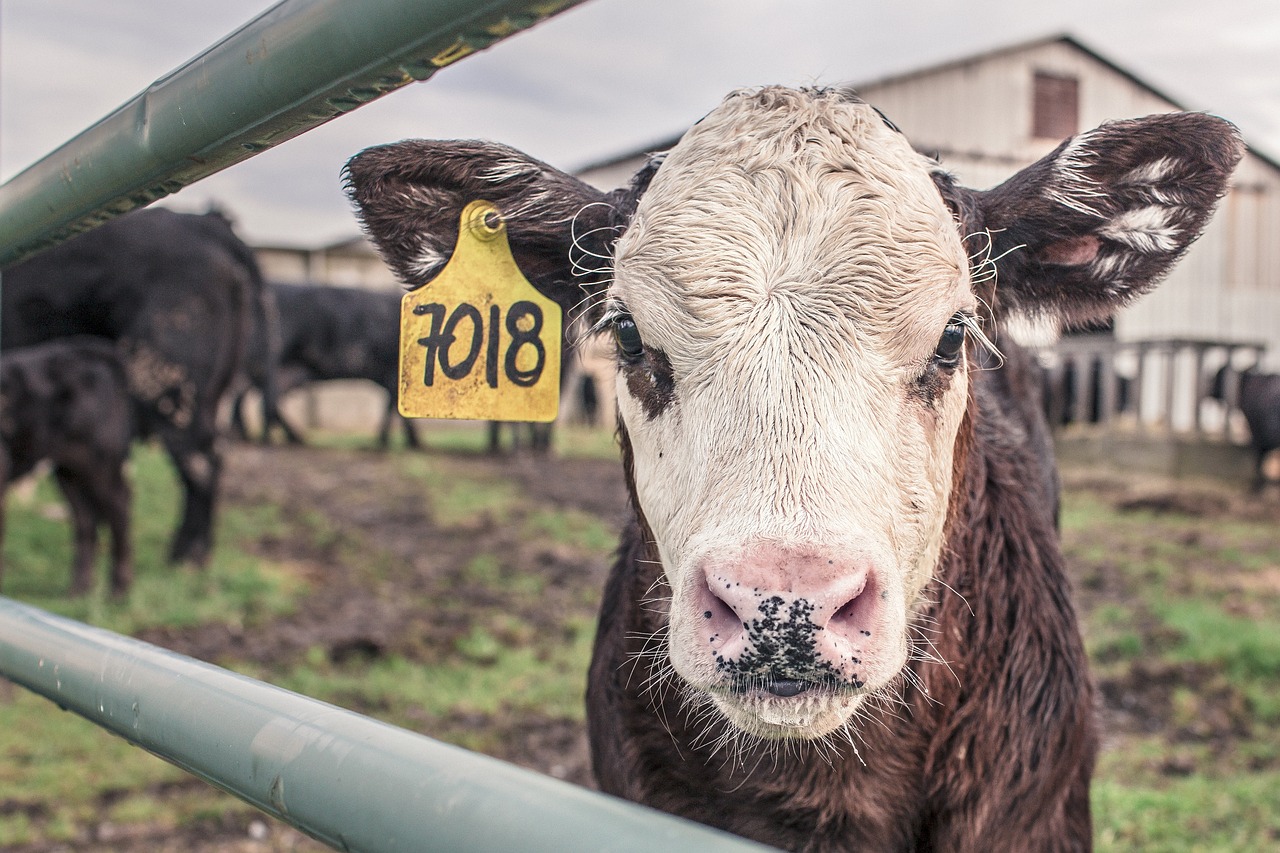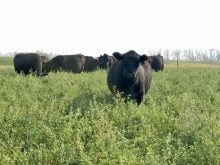Alberta beef producers still feel the fallout from BSE through regulations intended for processors, though it is 20 years since the crisis began.
Canadian beef processors pay millions more than their U.S. counterparts to process and dispose of specified risk material (SRM), first targeted during the BSE era, in cattle older than 30 months (OTM). The regulations hurt smaller processors in particular and reduce processing options for producers, said a top industry official.
“We’ve seen a number of smaller, provincially inspected plants stop processing OTM animals. It was just too expensive,” said Dennis Laycraft, executive vice-president of the Canadian Cattle Association.
Read Also

VIDEO: Claas Axion 9 tractors showcase comfort features
German equipment manufacturer Claas showcased its new Axion 9 tractor series, including farmer-focused cab features, at the Agritechnica 2025 machinery show in November.
There are also costs passed down the value chain to producers, but they’re only part of the equation, he said.
“It’s not just the direct cost being passed on to producers. When you have that reduced capacity, it also affects competitive bidding for cattle. You may have to truck your animals further because of the policies,” said Laycraft.
“Those tend to add up to costs that are difficult to quantify but we clearly know they’re there.”
Held back
A recent industry study said federal SRM regulations are a barrier to growth in Alberta’s beef sector.
“SRM carve-out requirements in Canada require more carcass byproduct for over 30 month (OTM) cattle be allocated to less profitable uses,” said the Alberta Beef Competitiveness Study prepared by Calgary-based consultants Serecon.
“SRM regulations mean small- and medium-sized processors are charged more by the renderer in Alberta for byproduct removal.”
SRM refers to parts of the carcass that could potentially contain the BSE agent or prion in an infected animal.
The Canadian Food Inspection Agency defines SRM as the skull, brain, nerves attached to the brain, eyes, tonsils, spinal cord and nerves attached to the spinal cord in cattle aged 30 months or older. It also applies to the distal ileum portion of the small intestine for cattle of all ages.
Although Canada’s BSE risk status was downgraded to “negligible” by the World Organization of Animal Health in 2021, 18 years after the disease was discovered in Alberta, processors must still abide by regulations intended to tackle the disease.
Canadian processors must dispose of more material from each animal than do their U.S. counterparts, and that amounts to big dollars.
Adds up
According to the Canadian Meat Council, SRM disposal costs for 500,000 head of cattle in Canada are estimated at $6.5 million, while disposal costs for the same number of cattle in the U.S. are estimated at $514,000, a $6-million-dollar difference.
Canadian beef abattoirs also remove more (57 kilograms of material prohibited for use in feed or nine per cent of the animal, on average) compared to their U.S. counterparts (three kg or 0.5 per cent of the animal).
According to the meat council, this amounted to an average disposal cost of $167 per tonne among council members surveyed.
“There can be no doubt that when you have a higher cost at the processing level, over time that gets reflected back on what producers get paid,” said Laycraft.
Demand for small- and medium-sized processors is strong but few are responding to the need, he said. In addition to SRM woes, lack of workers might cause reluctance. Labour shortages were identified in the competitiveness study as the Alberta beef sector’s number one challenge.
Michael Munton, owner of Benchmark Angus and Bens Quality Meats, is a rancher, processor and direct marketer near Picture Butte. His provincially regulated business processes about 40 cattle per day and it takes time and labour to comply with SRM regulations.
“At the end of the day, it’s just more cost,” he said. “We’ve got more process to follow, more tracking. Just following the protocol adds cost. Any bit of SRM has to be disposed of separately so you have to track all of that, record all that and then our disposal company charges us more to dispose of (it).”
Munton ballparks his SRM handling costs at $100 to $150 per head, but it’s a big ballpark.
“If our crew is efficient and does a good job, it might be less. If we have trouble removing all the SRM, then our cost would be exponentially more.”
He continues to process OTM cattle but that could change with market conditions, he said.
“Right now cattle numbers are down tremendously. We have customers we’re supplying regularly who are looking for beef at a lesser cost, which we’re trying to satisfy with processing OTM carcasses.
“I think if the market wasn’t where it is right now, we may have that viewpoint where we just say we’re not going to process any OTMs.”
Same rules
The Canadian beef sector’s ultimate goal for SRM is harmonization of regulations with the U.S., said Laycraft. The question is whether the original “classical” case of BSE from 2003 has been eliminated. In Canada, that assessment lies with the CFIA.
“We’re working with the CFIA in completing a full risk analysis. We’re completing that risk assessment so we can use that to show we can safely move to harmonize with the U.S.,” he said.
“Obviously I can’t completely pre-judge a risk assessment until it’s completed but we’re very confident in the fact that classical BSE has been effectively eradicated around the world. There’s been a few born every three or four years in Europe after the enforced bans but it’s extraordinarily rare for it to ever show up now.”
Munton is more cynical about the industry’s chances against regulatory powers.
“Should (the current SRM regulations) be done away with? Absolutely. Will they be done away with? We have little to zero pressure we can put on the CFIA or meat inspection so will that happen? I’m not going to hold my breath.”
















